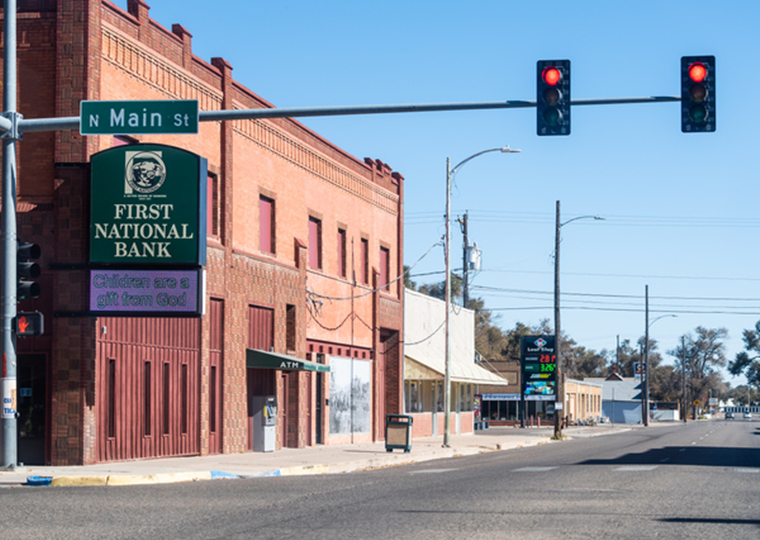Should stimulus be targeted toward displaced workers, rather than across the economy?
Following the Great Recession, President Barack Obama has been credited for overseeing the longest economic expansion in history. Beginning in October 2010, the labor market consistently added jobs every month and continued to do so through the early years of the presidency of his successor.
But there’s a less rosy way to examine that data: Why did it take more than six years — a longer period than the prior 10 recessions — for employment to recover to its pre-recession level?
A working paper from UCLA Anderson’s Edward E. Leamer examines the role of the U.S. manufacturing sector, where a long-term employment decline has meant recent recoveries proceed more slowly. Leamer defines an economy as recovered when total payrolls return to their previous peak level. Expansions are the periods that include recovery and then go on to establish new employment highs.
Opt In to the Review Monthly Email Update.
The Effect of Long-Term Unemployment on Recovery
Leamer analyzes 11 recessions and recoveries since World War II. The first six episodes lasted around two years each, typically one year of recession and then another year of recovery. The seventh was very short-lived, and the next four featured different length recessions but recoveries that consistently took longer. Leamer then analyzed employment data for 14 major sectors of the U.S. economy to understand their contribution to the length and depth of each episode.
During a recession, economic activity contracts, and firms lay off workers. In the subsequent recovery, those laid-off workers rejoin their firm or find new jobs as demand swells and companies rehire.
But if certain jobs never come back, laid-off workers are permanently displaced from their traditional field and face the prospect of retraining and searching for jobs in new industries, sometimes in new locations. Since this takes additional time and is not always successful, these permanent job separations lengthen economic recoveries.
“Secular increases in jobs support a layoff and recall pattern, but a secular decline creates permanently separated workers,” Leamer writes.
Manufacturing Is Not the Only Industry Shedding Jobs
Manufacturing peaked in 1979 and has steadily shed jobs over the subsequent three decades. In the pre-1979 period, manufacturing jobs bounced back following each recession. For the past three decades, factory workers have not been able to get these jobs back even as the rest of the economy recovers. Manufacturing work has steadily been outsourced to destinations with lower cost labor or eliminated through automation.
Manufacturing is not the only sector shrinking. Construction, information (this includes telecommunications, publishing and broadcasting) and wholesale trade have also been in secular decline. The difficulty or inability of laid-off workers in these fields to find similar work or to retrain for new industries also contributed to prolonging the last three recoveries relative to the eight that came before.
Recognizing these dynamics in the labor market has implications for policy, Leamer notes. Fiscal and monetary stimulus during the first eight recessions served to soften the severity of those recessions and rev up demand on the upswing, a V-shaped pattern. But, Leamer writes, “during the last three recessions policy should not have tried to create a V that could never occur” in the manufacturing sector. Given the long-term nature of the decline in factory jobs, policymakers should have focused “directly on the affected communities, with counseling and retraining and relocation assistance,” he concludes.
Featured Faculty
-
Edward E. Leamer
Director, UCLA Anderson Forecast; Chauncey J. Medberry Chair in Management; Distinguished Professor Emeritus of Global Economics and Management
About the Research
Leamer, E. (2021). Why Are Some Recoveries Short and Others Long? doi: 10.3386/w28982





